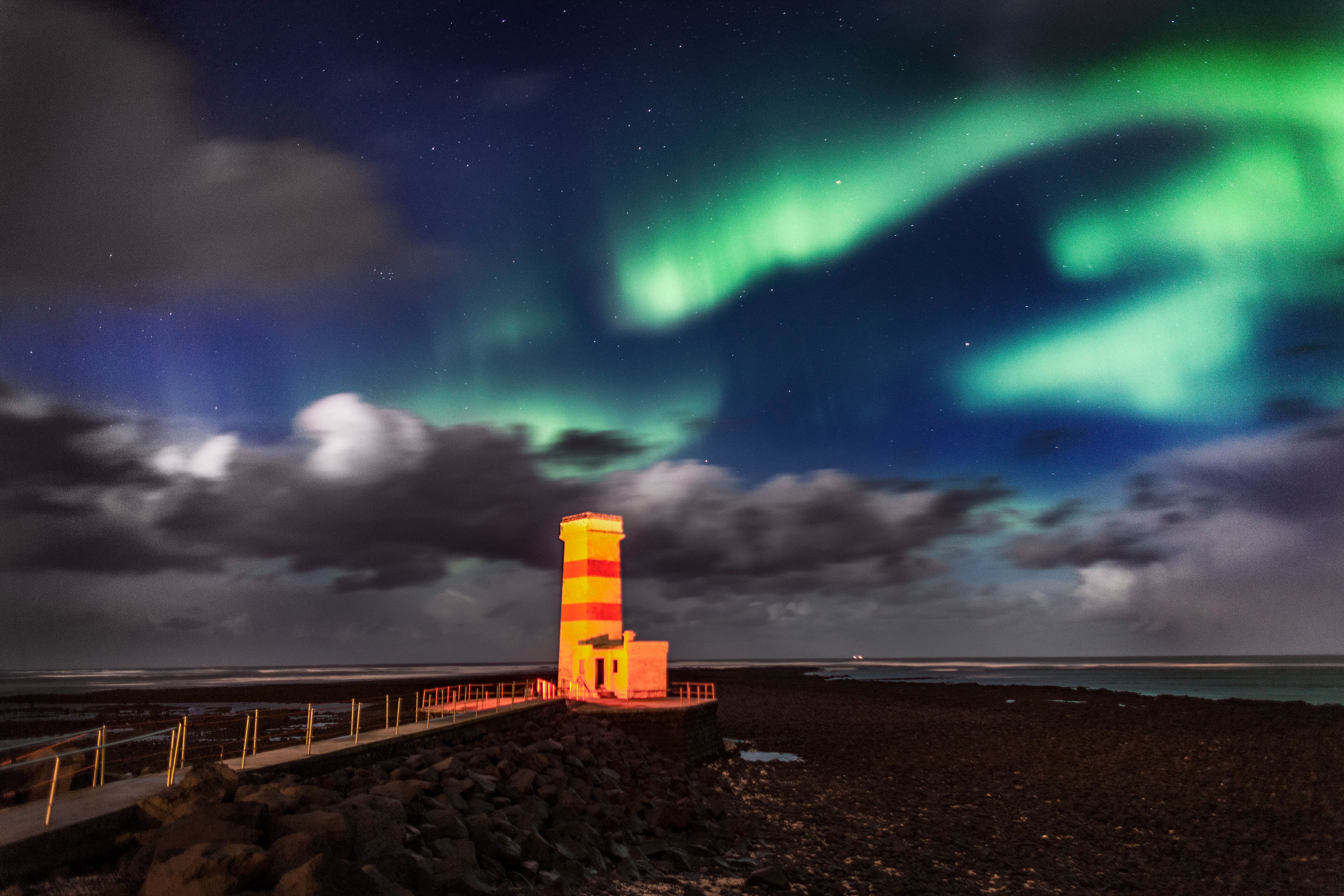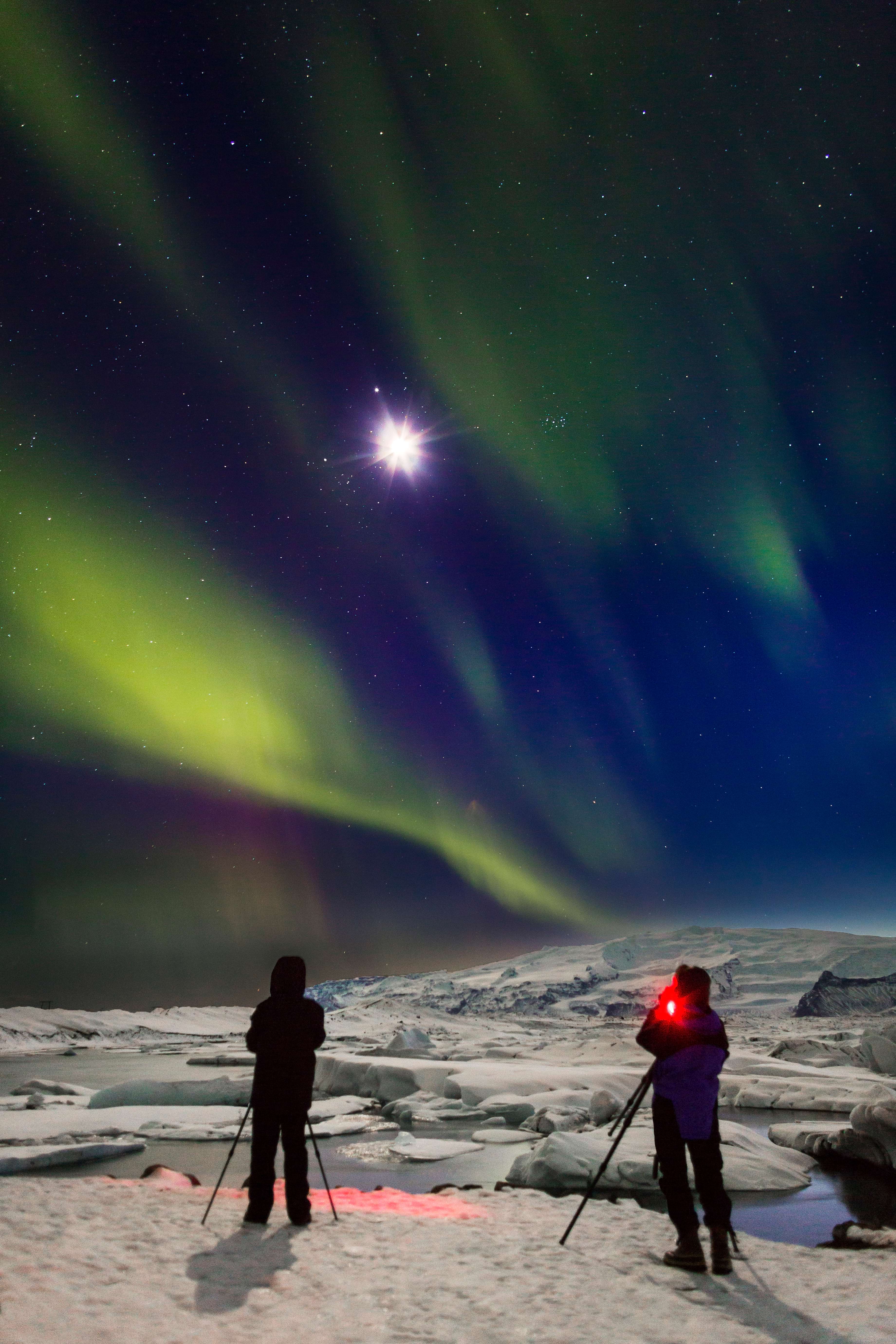The Ultimate Guide to the Best Time to See the Northern Lights in Iceland

Discover the Magical Dance of the Aurora Borealis
Are you ready to embark on an extraordinary adventure to witness one of nature’s most breathtaking spectacles? Look no further than Iceland, where the captivating dance of the Northern Lights, also known as the Aurora Borealis, illuminates the night sky. Iceland offers prime locations for aurora sightings, such as the Westfjords, central highlands, and Snaefellsnes Peninsula. If you’ve ever wondered when is the best time to see the Northern Lights in Iceland, you’ve come to the right place. In this comprehensive guide, we will delve into the optimal months, ideal conditions, and unforgettable experiences that await you on this awe-inspiring journey.
Understanding the Best Time to See the Northern Lights in Iceland
Captivating Displays in the Icelandic Winter Wonderland
Iceland’s unique geographical location and natural wonders make it a prime destination for witnessing the Northern Lights. The best time to see the Northern Lights in Iceland is between September and April, when the nights are dark enough to showcase this celestial phenomenon. During these months, Iceland experiences only 4-5 hours of daylight in midwinter, providing ample opportunities to hunt for the mesmerizing Aurora Borealis.
The Optimum Months for Northern Lights Hunting
While the Northern Lights can be observed throughout the designated period, the nights are darkest from November to January. This extended darkness offers the perfect conditions for spotting and photographing the Northern Lights on very dark nights. In fact, January is considered the absolute best time to visit Iceland for the Northern Lights in 2022. However, you still have a good chance of sighting the Aurora Borealis in Iceland until April, so don’t despair if you can’t make it in January. Early spring also offers opportunities for Northern Lights sightings, although the nights are not as dark as in midwinter.
Pro Tip: Combine your Northern Lights adventure with other exciting winter activities in Iceland for an unforgettable experience. Check out Gray Line Iceland’s Northern Lights combo tours to make the most of your trip.
Factors Affecting the Visibility of the Northern Lights
Solar Activity: The Key Ingredient
Solar activity plays a crucial role in the appearance of the Northern Lights. The solar wind, a stream of charged particles emitted by the sun, interacts with the Earth’s magnetic field, creating this dazzling natural phenomenon. To gauge the level of solar activity, keep an eye on the Kp-index forecast, which measures the intensity of geomagnetic storms. For optimal Northern Lights viewing, look for a Kp-index above three. Websites like Aurora Forecast provide real-time updates on solar activity, helping you plan your adventure accordingly.
Clear Skies for Clear Views
When it comes to spotting the Northern Lights, clear skies are essential. The Icelandic Meteorological Office offers an aurora forecast that indicates cloud cover in different areas of Iceland. Consult this forecast to find the best spots with minimal cloud cover for an unobstructed view of the dancing lights. Weather conditions, such as cloud cover and temperature, can significantly impact the visibility of the Northern Lights. While it’s possible to witness the Northern Lights in cities like Reykjavik, venturing into the remote countryside increases your chances of experiencing a truly awe-inspiring display.
Embrace the Darkness
The darker the surroundings, the easier it is to spot the ethereal glow of the Aurora Borealis. While you can still catch a glimpse of the Northern Lights in urban areas, city lights can diminish the experience. Venturing into the countryside offers a more immersive and mesmerizing experience. The absence of light pollution allows the Northern Lights to shine even brighter against the night sky. If you’re seeking solitude and a more intimate connection with nature, exploring the remote corners of Iceland is your best bet.
Iceland's Northern Lights Season Unveiled
Unveiling the Enchanting Winter Wonderland
While the winter months offer the best opportunities to witness the Northern Lights, it’s important to note that Iceland’s weather during this period can be challenging. Cloud cover and storms can obscure the sky for extended periods, potentially affecting your chances of catching a glimpse of the Aurora Borealis. Northern lights tours run throughout the winter season, from September to April, providing ample opportunities to witness this natural phenomenon. However, fear not, for there is still plenty to discover and enjoy in Iceland’s winter wonderland.
Gray Line Iceland offers a range of winter activities that complement your Northern Lights adventure. Explore the mesmerizing crystal blue ice caves, embark on thrilling snowmobile rides, and experience the exhilaration of glacier hiking. Find out more about these exciting winter activities in Iceland on Gray Line Iceland’s website.
Autumn and Spring: Alternatives to the Winter Magic
If you prefer milder weather and are open to a slightly lower chance of spotting the Northern Lights, autumn and spring can still provide an enchanting experience. The weather in Iceland during these seasons is relatively more favorable, with less cloud cover. However, the increased daylight hours limit the window of opportunity for Northern Lights hunting. Autumn and spring also offer opportunities for aurora viewing, although the chances are slightly lower due to increased daylight hours.
Pro Tip: Extend your adventure by exploring other captivating attractions in Iceland during autumn and spring. Descend into the colorful magma chamber of the Thrihnukagigur volcano or embark on a thrilling whale-watching tour in Husavik, the whale-watching capital of Europe. Find out more about these incredible experiences on Gray Line Iceland’s blog.
Summer: A Different Kind of Icelandic Magic
In the summer months, Iceland experiences the phenomenon known as the Midnight Sun. From the end of May through July, the sun barely sets, casting a perpetual glow over the island. While this natural wonder obscures the Northern Lights during this time, there is still a possibility of catching a faint glimpse of the Aurora Borealis during the beginning and end of summer. However, the limited darkness and the need for intense solar activity make sightings less common. If you’re keen on enjoying milder weather and engaging in summer activities, September is the recommended time for visiting Iceland while still keeping the dream of witnessing the Northern Lights alive. Some hotels offer specialized northern lights tours to enhance the aurora viewing experience.
Conclusion
Iceland is undeniably a Northern Lights enthusiast’s paradise. From the captivating dance of the Aurora Borealis against the dark winter skies to the enchanting landscapes that surround you, this magical experience is one that will stay with you forever. Remember to plan your trip during the optimal months, keep an eye on solar activity and cloud cover, and embrace the darkness of Iceland’s remote countryside for the best chance of witnessing this celestial spectacle. Solar storms release charged particles into the solar system, which then collide with atoms in the Earth's upper atmosphere, creating the Northern Lights. Whether you choose the winter wonderland, the milder seasons of autumn and spring, or the unique allure of the Midnight Sun, Iceland promises an adventure like no other.
Ready to embark on your Northern Lights journey? Explore the incredible Northern Lights tours and combo packages offered by Gray Line Iceland and prepare to be amazed.
